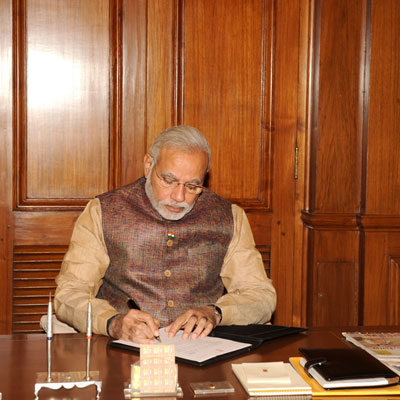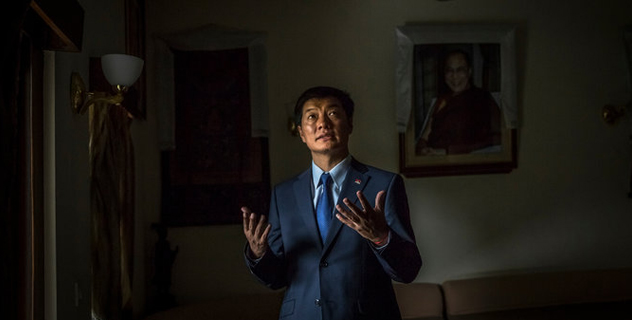The Standing Committee of the National People's Congress (NPC) said it had endorsed a framework to let only two or three candidates run in a 2017 vote for Hong Kong's next leader. All candidates must first obtain majority backing from a nominating committee likely to be stacked with Beijing loyalists.
The relatively tough decision by the NPC - China's final arbiter on the city's democratic affairs - makes it almost impossible for opposition democrats to get on the ballot.
"This is a legal, fair and reasonable decision. It is a dignified, prudent decision, and its legal effect is beyond doubt," Li Fei, the deputy secretary general of the NPC standing committee, told reporters after the decision.
Hundreds of "Occupy Central" activists, who demand Beijing allow a real, free election, will this evening hold a small protest to formally launch their campaign of civil disobedience, that will climax with a blockade the city's business district.
Political reform has been a constant source of friction between Hong Kong's pro-democracy movement and the mainland since the former British colony was handed back to Communist Party rulers in 1997.
In nearby Macau, another special administrative region, leader and sole candidate Fernando Chui was "re-elected" on Sunday by a select panel of 400 largely pro-China loyalists in the tiny but wealthy former Portuguese colony.
GIRDING FOR ACTION
The activists in Hong Kong stressed that they wouldn't paralyse the Central district immediately but would this evening lay out plans for smaller actions in the coming weeks leading up to a full-scale protest in the main business district.
Scores of police vehicles and hundreds of officers were deployed outside Hong Kong government headquarters as people began to gather, some chanting slogans.
Key government buildings, including the Chief Executive's office and a People's Liberation Army barracks nearby, were also ringed by high fences and barricades.
"It (the NPC decision) leaves no room for us to fight for a genuinely democratic system, and we will begin our campaign for peaceful, non-violent struggle," said Joseph Cheng, the convener of the Alliance for True Democracy, a coalition of groups advocating universal suffrage in Hong Kong.
"We want to tell the world we haven't given up. We will continue to fight," he said.
On the surface, the National People's Congress' decision is a breakthrough that endorses the framework for the first direct vote by a Chinese city to choose its leader. Beijing is already hailing it as a milestone in democratic reform.
However, by tightly curbing nominations for the 2017 leadership poll, some democrats said Beijing was pushing a Chinese-style version of "fake" democracy.
The NPC statement said all nominations would be carried out according to "democratic procedures" and each candidate would need "the endorsement of more than half" of a nominating committee that will be similar in composition to an existing 1,200-person election committee stacked with Beijing loyalists.
The proposed electoral framework will still have to be endorsed by two-thirds of Hong Kong's 70-seat legislature. With pro-democracy lawmakers holding more than a third of the seats, the proposal will likely be shelved.
Senior Chinese officials have repeatedly warned activists against their "illegal" protests and say they won't back down.
Some key members of the pro-democracy movement, including media magnate Jimmy Lai, have also come under pressure in the run-up to the Chinese parliamentary decision.
On Friday, China also repeated its warning against foreign interference, saying it will not tolerate the use of Hong Kong "as a bridgehead to subvert and infiltrate the mainland".
The Occupy Central movement has not yet won broad support among Hong Kong's middle class, who are concerned about antagonising China and disruptions to business, but strong measures by China or the Hong Kong police could change that.











